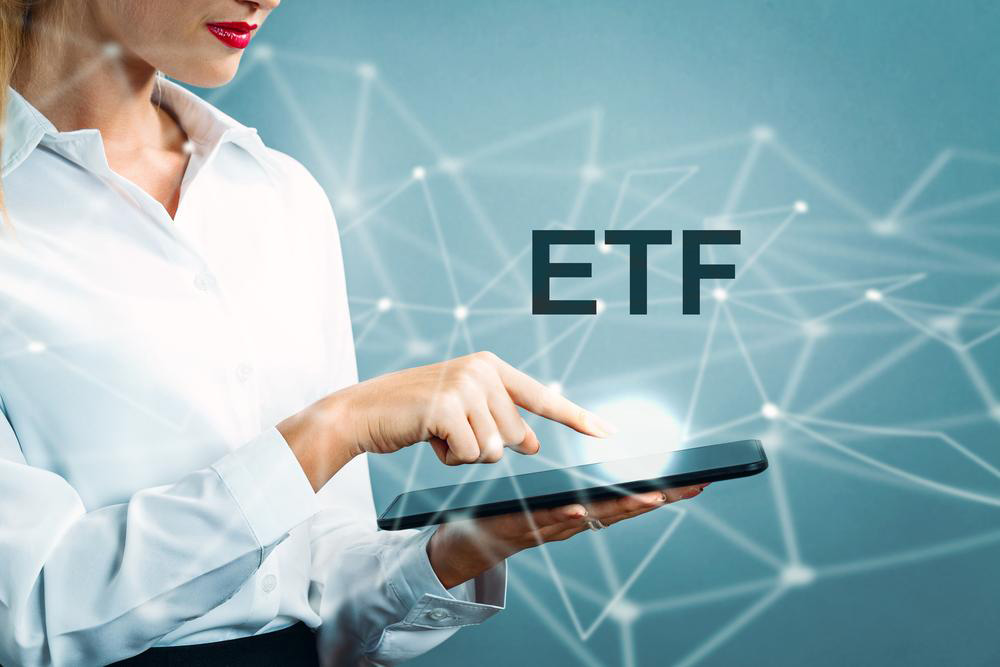Comprehensive Guide to Investing in Exchange-Traded Funds (ETFs): Essential Strategies for Success
This comprehensive guide provides essential strategies for investing wisely in ETFs, emphasizing asset evaluation, cost analysis, market selection, liquidity, and risk management. It aims to equip investors with the knowledge needed to make informed decisions, optimize returns, and mitigate risks when trading ETFs on the stock market. Whether you're a beginner or an experienced investor, these insights can help refine your investment approach and build a resilient, diversified portfolio.

Comprehensive Guide to Investing in Exchange-Traded Funds (ETFs): Essential Strategies for Success
Exchange-Traded Funds (ETFs) have become increasingly popular among individual investors and institutional portfolios alike. They offer a versatile way to diversify investments across various asset classes, including stocks, bonds, commodities, and alternative securities. Unlike mutual funds, ETFs are traded on stock exchanges much like individual stocks, providing liquidity and flexibility for investors. As their popularity continues to grow, understanding the nuances of ETF investing is critical to making smart, informed decisions. This in-depth guide will walk you through key principles and strategies to consider before you allocate your funds into ETFs, helping maximize your investment returns while managing potential risks.
Assessing the Underlying Asset Value of ETFs
When evaluating ETFs for your investment portfolio, one of the first considerations should be the underlying assets within the fund. High-quality ETFs typically hold a diversified basket of securities with substantial assets under management (AUM). It is generally advisable to prioritize ETFs with an AUM of over $10 million, as higher asset levels often correlate with greater stability, liquidity, and investor confidence. Large ETFs tend to experience less price volatility and are less susceptible to the risks associated with lower-liquidity securities, such as wide bid-ask spreads. This stability can help safeguard your investments from abrupt market swings.
Understanding Associated Costs and Fees
Investment costs are a crucial factor influencing your overall returns. Besides the purchase price of ETF shares, you should be aware of ongoing expenses like management fees and expense ratios. Actively managed ETFs may charge higher fees compared to passively managed funds that track indices. Additionally, exchanges may impose trading commissions, and broker fees can vary depending on your platform. These costs can add up over time; hence, choosing low-cost ETFs can significantly impact your long-term profitability. Carefully review the ETF’s prospectus to understand all related fees, including any potential hidden costs, before committing your funds.
Choosing Between Domestic and International ETFs
Deciding whether to invest in domestic or international ETFs depends on your investment goals, risk tolerance, and tax considerations. Domestic ETFs often benefit from favorable tax treaties and simplified regulatory environments, making them attractive options for many investors. International ETFs, on the other hand, provide exposure to global markets and emerging economies but might involve additional tax complexities and geopolitical risks. Consulting with a financial advisor who understands regional tax laws is essential to develop a balanced approach. Diversifying across domestic and international ETFs can enhance your portfolio’s resilience while addressing specific regional economic trends.
Monitoring Trading Volume and Liquidity
Liquidity is a fundamental aspect of ETF investments, affecting how easily you can buy or sell shares without impacting their price. Before investing, analyze the ETF’s average daily trading volume over recent months. ETFs with high trading volumes typically offer better liquidity, narrower bid-ask spreads, and reduced chances of transaction delays. Liquidity issues are particularly crucial during volatile market periods when rapid asset liquidation might be necessary. Ensuring that your chosen ETFs have sufficient trading activity can help maintain optimal entry and exit points and protect your investments from unnecessary costs.
Evaluating Investment Risks and Market Volatility
All investments carry inherent risks, and ETFs are no exception. Common risks include market volatility, tracking errors, and bid-ask spreads, which can impact your returns negatively. Market fluctuations can lead to short-term declines, while tracking errors occur when the ETF’s performance diverges from its benchmark index. Additionally, tight bid-ask spreads in less liquid ETFs can cause costs to rise during transactions. To mitigate these risks, diversify your ETF holdings, employ a disciplined investment strategy, and stay informed about overall market trends. Recognizing these factors enables you to make strategic adjustments and better navigate market uncertainties.
In conclusion, investing in ETFs can be a highly effective way to diversify your investment portfolio and grow your wealth over time. By critically evaluating the underlying assets, understanding associated costs, choosing the appropriate markets, monitoring liquidity, and assessing risks, you set a solid foundation for successful ETF investing. Remember that markets are inherently unpredictable, and all investments entail some degree of risk. Equipped with these guidelines, you can make more informed decisions and develop a robust investment strategy suited to your financial objectives and risk appetite.





